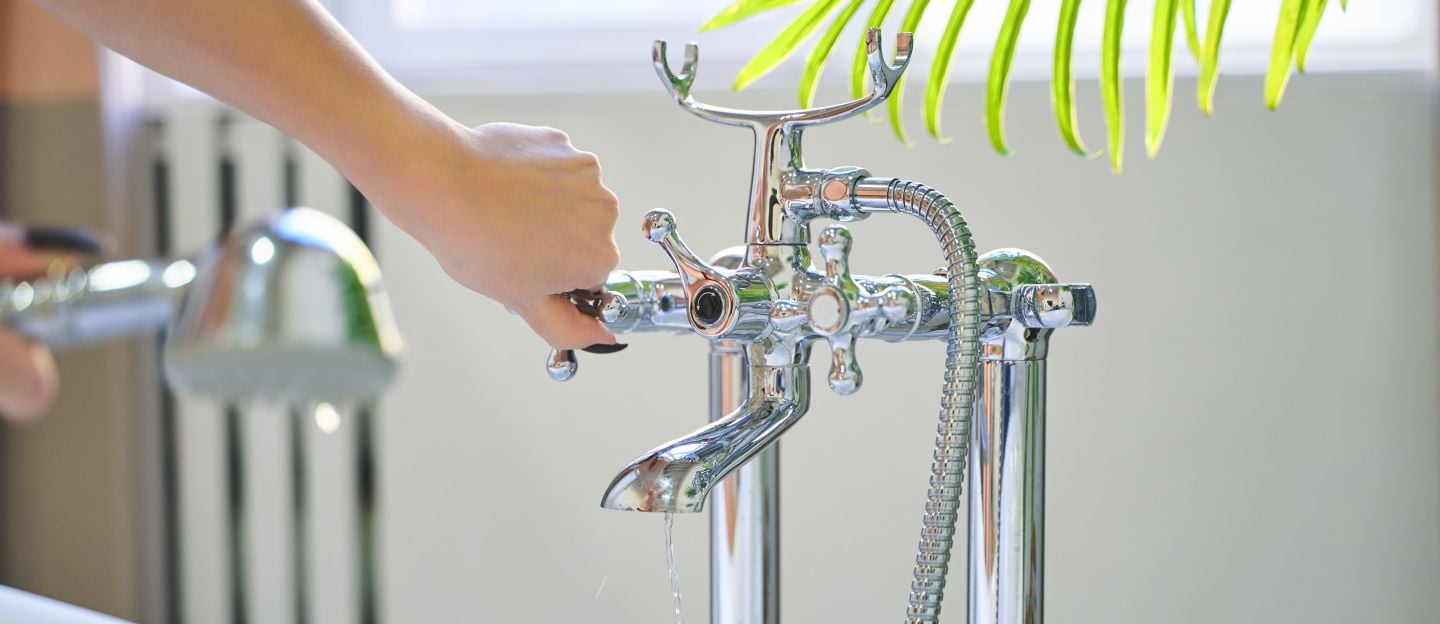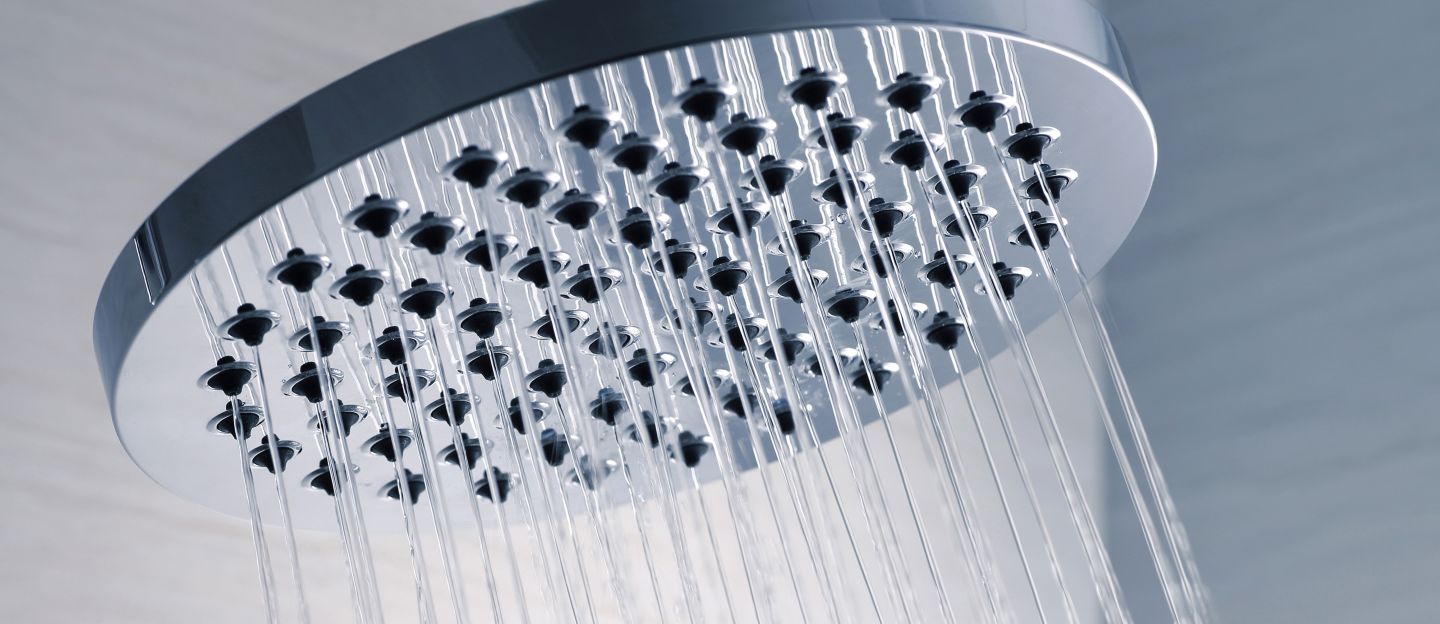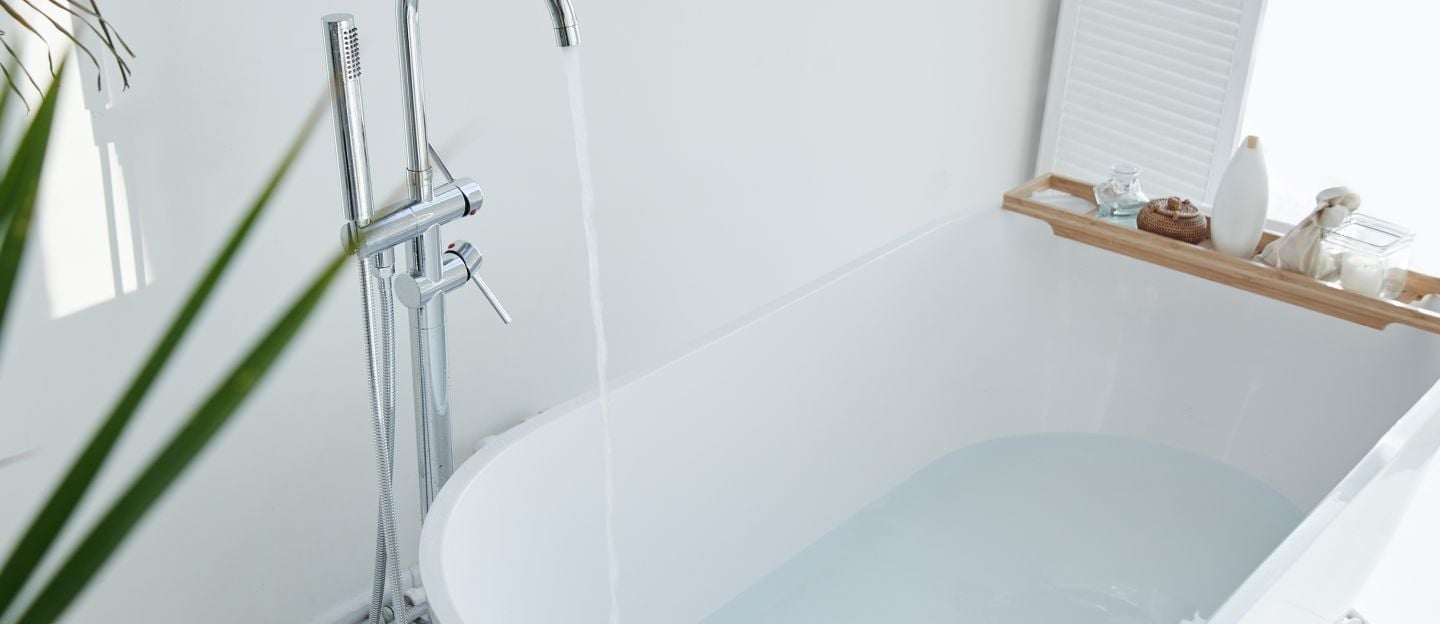How much does the heat pump consume: tips for saving
Find out how much a heat pump consumes and how to save on your bill. Detailed guide with advice.
Heat pump consumption: energy saving tips
Often, we don’t realise the amount of energy consumed by domestic air conditioning systems, which use about a third of the energy consumed by end uses. This is not just a financial issue but is also an environmental one. Fortunately, recent technologies that make it possible to reduce consumption without sacrificing comfort have become increasingly widespread. Among the most advanced systems, an important role is played by heat pumps, devices used for heating a fluid, air or water to convert the otherwise unused heat present in the environment into useful energy. Based on the way they function, we look at the differences between air/water, air/air, water/water and geothermal heat pumps.
Heat pumps: energy-saving technology
A heat pump is a device that can extract heat from the external environment and convey it inside a building. Therefore, because it uses external sources, this technology does not generate direct polluting emissions. Its operation is based on the compression and expansion cycles of a gas/refrigerant fluid, in a similar way as a refrigerator, but with an inverted mechanism in the case of space heating. The advantage is that the electricity has the sole function of activating the compressor, while the thermal energy freely absorbed from the external environment becomes around 3-4 times greater than the energy introduced, the benefits of which, when it comes to bill costs and greenhouse gas emissions, are clear. Ultimately, those who already use heat pump technology see significant savings compared to the costs of a traditional boiler.
Heat pumps: tips for optimising consumption
It goes without saying that the effectiveness of a heat pump depends, in part, on climatic conditions and outside temperatures. Before proceeding with your purchase, we recommend checking the heat pump’s coefficient of performance (COP), which highlights the relationship between the thermal power that can be generated and the electrical power used. For example, if the heat pump provides 4 kW to the heating system, assimilating 1 kW, its COP is 4. To estimate the consumption and yield of a system of this kind accurately, you must measure the seasonal yield (SPF or SCOP). The COP is used in the first planning phase to calculate an estimate of the seasonal performance, taking into account the actual role played by the pump on the heating system to which it will be connected and considering other factors, such as:
- the climatic zone
- the quality and efficiency of the heat pump
- the type of heating system
- the accuracy of the design and installation of the system.
Calculating the consumption of a heat pump
Need a practical example to understand how much a heat pump consumes? A standard 5 kW-heat pump can assimilate between 500 W and 2,000 W, but the electricity consumption is not constant as this can vary between the first hour after it is switched on and successive hours. When the heat pump is switched on, it collects a higher amount of electricity in order to reach the desired temperature quickly, to the extent that it might even consume 2 kWh in the first hour alone. Upon reaching the chosen temperature, the heat pump, if still switched on, may only consume 0.5 kWh in the hours that follow. As is easy to predict, the heat pump consumes more electricity in the winter, reaching 1,000 kWh, with a monthly spend of approximately €200, depending on the size of the rooms. To calculate the consumption of a heat pump, we recommend checking the power assimilated by the system, also shown in the instruction manual. You can use a wattmeter to assess the daily consumption of a heat pump; this tool provides information about the kWh that a heat pump absorbs over a specific time period and allows you to work out the expenditure once you have the kWh cost based on the bill. To take advantage of the results of the wattmeter, simply plug it in to a power socket and connect it to the heat pump.





